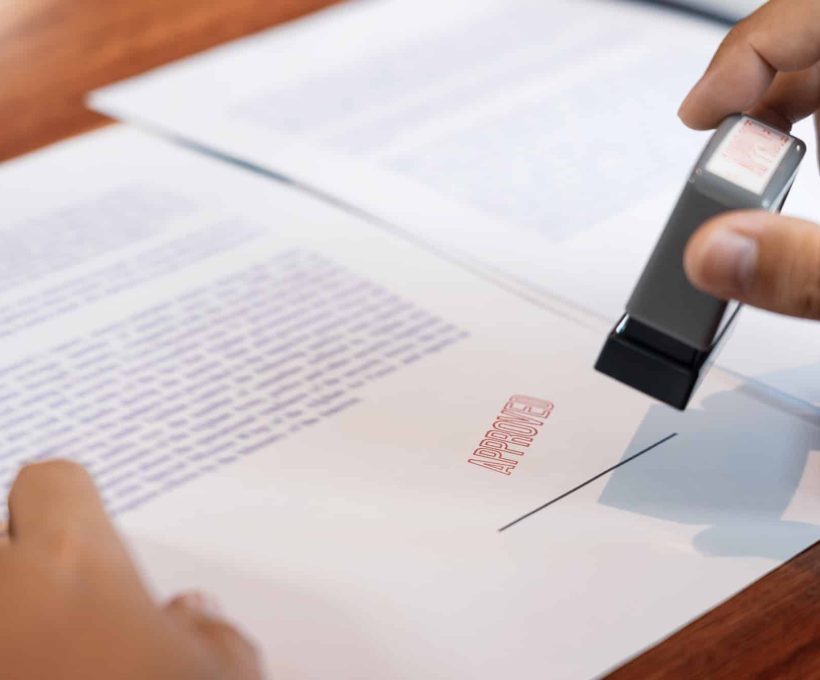Arkansas
Do you need to legalize or apostille a document in the state of Arkansas? Forget the complications and leave the work to us.
Request your quote now
At Apostille Int., we apostille your documents for use in international procedures through a fast and efficient service.

The state of Arkansas along with its capital and most populous city, Little Rock, is located in the Southern region of the country and requests more than 200 apostilles of documents each month.
Here you will find what type of documents you can apostille in the state of Arkansas and the requirements for both original documents and scanned copies of them.
What are the requirements for apostilling a document in Arkansas?
Request your quote through the form.
Provide us with the necessary information for your process.
Receive your document in the shortest possible time!
Original Document
You will need to make sure of the following:
- You have an original document or duplicate issued by the State
- Appropriate signature is provided
- Original document was recently issued
- The apostille of the original takes anywhere from 4-10 business days.
The Arkansas Secretary of State apostilles public and private documents with the following:
- Signatures of the following State Registrars are acceptable:
- Micheal A. Adams
- Paul W. Johnson
- Mischelle Priebe
- Melinda Allen
- Issued by:
- County, State or District Officials
- Arkansas Notaries
- Registrars of the Arkansas Department of Health
- Bureau of Vital Statistics
Please note:
- Documents with the signature of Julie Frasco are not acceptable for apostille.
- An apostille with State Clerk or County Clerk certification is also acceptable for an apostille.
- If a new copy of the original copy is needed, you may contact the:
- Arkansas Vital Records online through:
- Website: https://www.vitalchek.com/birth-certificates/arkansas/arkansas-vital-records If you want to order online you can also visit: www.vitalchek.com
Scanned Photocopy of Original Document
You will need to make sure of the following:
- Appropriate signature is NOT provided
- Original document is damaged
- Original document was issued over 10 years ago
- Destination country ACCEPTS apostilles of the scanned photocopy of the original document; most countries do accept an apostille of the scanned photocopy.
- You need the apostille within 24 hours.
Please note:
- Because the notary and the apostille are required to be issued from the same state, the scanned photocopy of the original document that you provide will be notarized and apostilled in New York City.
- If you are looking for an Arkansas apostille, please use the original document apostille service.
- If you wish to have an apostille issued from Arizona, you will need an original document and will need to contact the:
- Arkansas Vital Records online through:
- Website: https://www.vitalchek.com/birth-certificates/arkansas/arkansas-vital-records



